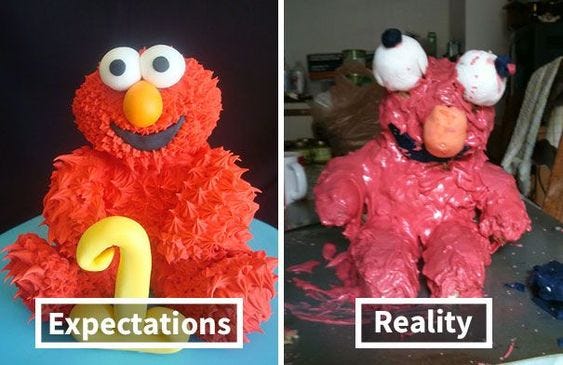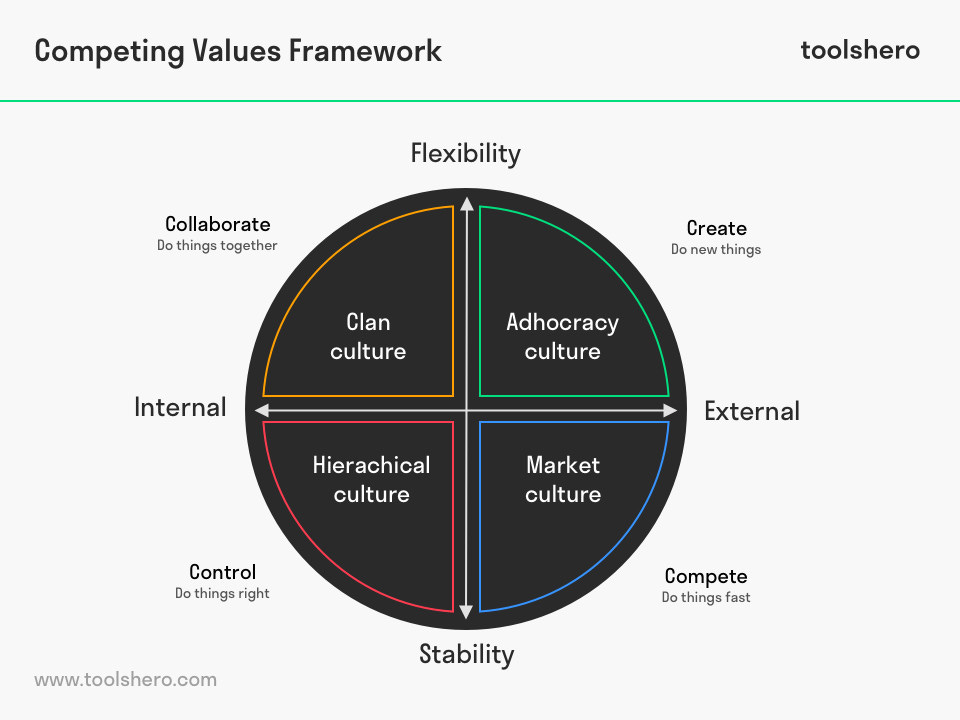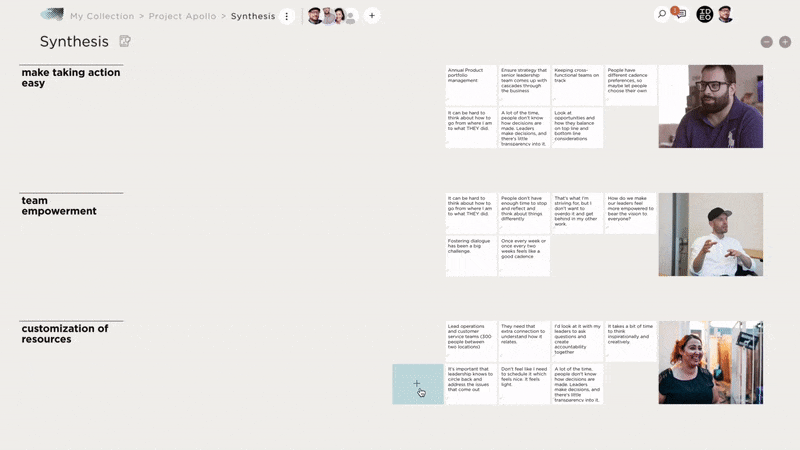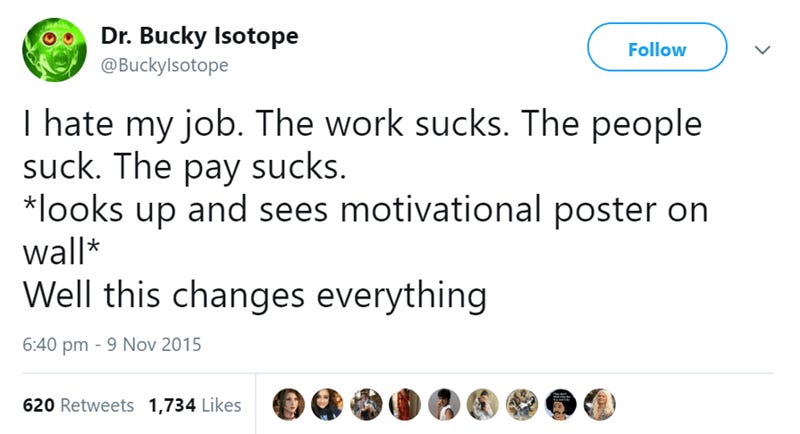#2: Work culture - expectations vs reality
Paying everyone the same, psychedelic away days, and culture as a living process
Oftentimes when we think of work culture, it can be easy to think of it as a fixed aspect of an organisation. We ask ‘what’s the work culture?’ as though we are asking ‘what’s the holiday allowance?’ But work culture isn’t static - its nature is one of flux. Why? Because ultimately, its building blocks are people. Or in other (more qualified) words from psychotherapist Esther Perel, ‘relationships are what make up the fabric of work culture.’
Just throwing ping pong tables, beer fridges, and free food at the matter doesn’t quite cut it if people don’t feel valued or psychologically safe. Going one step further than perks, the same principle applies to policies. It’s how ideas and ideals are implemented, how they play out in real life, not in a handbook, that matters.
And sometimes our expectations don’t quite play out in reality, but one thing’s for sure, there are always lessons to be learnt.

Keep it real 🙃
Milly & Yumi
Here we take a look at two examples of companies that tried some well-meaning but unusual plans for their work culture and how they played out IRL.
Pay structure? What pay structure?
What was the deal?
Spill is a London-based startup that decided to try making everyone’s salaries the same. The reasoning was that as a small team with big ambitions, everyone was a vital piece of the company’s success. Ergo, everyone should be valued the same - £36k a year to be precise.
So what happened?
While the existing employees were happy, the roadblock came in the form of hiring. For sales roles - they found commission to be the norm, for junior roles - the standard salary was too high, and for software engineers, it was too low. In founder Calvin Benton’s words, the experiment didn’t exactly work out.
And the moral of the story is?
Spill’s intentions were laudable. Their attempt at paying everyone the same sends a message that their culture genuinely values everyone equally - a flat-hierarchy walking the walk.
Although Spill’s experiment shows us that a one-size-fits-all salary doesn’t scale easily, arguably the same values can be lived out through a transparent and objective pay structure - take Buffer as an example. Another way of approaching the problem is the good old Pay Ratio methodology. Maybe it doesn’t need to be completely equal as Spill tried, just so long as the difference between people isn’t 386 times… (looking at you, FTSE 100 CEOs).
The one where the CEO came up with the idea of doing psychedelics with his employees, while (you guessed it) on psychedelics
What was the deal?
Earlier this year Sifted reported the story of Barcelona-based startup PlayaMedia that, at the suggestion of its CEO, embarked on a company-wide psychedelic Ayahuasca retreat. With the belief that personal and work life cannot be separated, the intention was to provide a spiritually healing experience for employees, in turn benefiting the overall company culture.
So what happened?
Since the active ingredient in Ayahuasca is DMT - reported to elicit similar feelings as near-death experiences - some of the team were a little apprehensive. While one team member mentioned the side-effects saying “I’ve never vomited like that in my life”, ultimately, the team-wide consensus was that the experience was a positive one.
And the moral of the story is?
Indeed, our personal and professional lives are very much connected - affecting how we interact with our colleagues and work. It’s admirable that PlayaMedia acknowledges that. To most, this specific example is probably quite extreme, but according to its staff, given the company’s existing culture, it wasn’t that out there.
Perhaps what we can learn here is the importance of context. If you don’t like drug-fuelled bonding with your colleagues, you’ll probably be avoiding PlayaMedia on Indeed. And that’s ok. Companies should be inclusive, but it's unreasonable to expect every culture to suit everyone. So long as the culture serves its staff, and not the other way round.

Alison Coward, Founder at Bracket
On being a trainer and facilitator for effective teams
I work with forward-thinking ambitious teams to help them become more collaborative and high-performing. A lot of what I do is workshop facilitation, coaching, training, and consultancy to not only build better cultures but help people learn the skills to sustain them.
On what makes a good a culture
Every single team culture is unique and there is no one size fits all for a great team culture. There are some overarching principles - communication, trust, do people feel like they can speak up, are people able to manage their work, but even those things will mean something different to each team. Every team is working on something specific to them, there is a set of people unique to that team and the environment that they work in is different. They need to build a culture that works for them based on those factors.
On the stigma around working on your team culture
Historically, there has been stigma around working on your team culture. There was the idea that if you had to work on it, it meant that you’re not in a good place. I’ve actually found the opposite - that the teams recognising the importance of culture are the ones already performing quite well and want to keep it that way.
On the three stages of teams
Generally, there are three different stages of teams I see - I class them as Fix, Build, and Sustain.
The ‘Fix’ teams have never done anything before with their culture and need to fix things - there might be tension, conflict, or terrible meetings.
The ‘Build’ teams are aware that they’ve got a culture but it’s still very intangible. Maybe they’re going through some changes and they can benefit from actively thinking about the culture they want to create.
The third group ‘Sustain’ are actively thinking about their culture - they value it and they do things to improve it. At the same time, they’re not quite sure what makes it work so their aim is to find ways to cement and sustain it.
There are opportunities to improve for all of them.
On culture as a living process
Culture is not something that you do once and then it manages itself. Actually, high performing teams are always working on their culture.
Teams are experiencing change all the time - it could be through hiring new people, a key person leaving the team, company growth, bringing in new projects, or working with new clients. The aim is to have a culture strong enough to adapt to changes.
On putting ideas into practice
Things tend to go wrong in implementation - that’s why I always talk about the behaviour change piece. To make new ideas happen, you’re going to have to change your behaviour.
It’s easy to get people inspired and excited within a workshop but when you go into the day to day, translating those ideas into real life is more challenging. Life gets in the way. You need to find ways to break down your idea into small, actionable behaviours.
It’s not like you sit there and say ‘right, we want to improve our meetings’ and that magically happens because everyone is committed. You’ve got to be very specific about the changes and come back as a team to review. Have you done it, if not, what got in your way and what can you change to make sure that it’s easier for you to do?
On the people that drive good cultures
In an ideal situation, it’s about both the leadership and every individual within the company. First of all, the leader needs to make space for people to have conversations. But ideally, everybody on the team takes on the responsibility for the culture. In my view, everyone should have facilitation skills and the ability to hold a meeting or a session. And everyone is empowered to say if a process isn’t working and can suggest a new approach.
On a video worth watching
Culture as Product: Designing a Great Company Culture by Justin Rosenstein
For more wisdom from Alison check out her book A Pocket Guide to Effective Workshops.
Frameworks & Actions
Competing Values Framework - Robert Quinn and John Rohrbaugh
This framework outlines different types of cultures and how to be effective within each. It seems intuitive that people will behave differently depending on their work environment, be it a startup or the army, and this is a useful mental model for framing those distinctions.
Image credit: Toolshero Five Dysfunctions of a Team - Patrick Lencioni
When things go wrong, they tend to go wrong for similar reasons. Lack of trust, fear of conflict, lack of commitment, avoidance of accountability, or inattention to team objectives probably sound all too familiar. Here are some fixers.3 reasons you should stop hiring for ‘culture fit’ - DeLisa Alexander
An argument for why you should hire for ‘culture-add’ rather than ‘culture-fit’ from Red Hat’s Chief People Officer.
Tools & Apps
Software to help people brainstorm, collaborate, and solve problems - ShapeSpace by IDEO
Use this platform to foster positive collaboration - a good start towards creating a better culture. It looks great too.A Slack integration that randomly connects people within a company for a coffee - Donut
Great for spontaneous connections in a remote world and an opportunity to spend a bit more quality time with your co-workers.An evidence-based chatbot and community app to enable behaviour change - Tomo
Offers support through whatever life throws at you and helps to build habits that can make you and your team happier.
And for a bit of perspective
Thanks for reading, see you in two weeks!
Have you come across any interesting articles or resources that could help others implement effective work cultures? If so, share them with us in the comments below.







